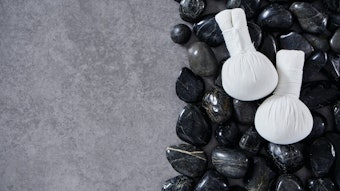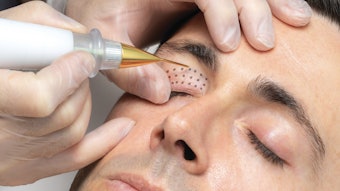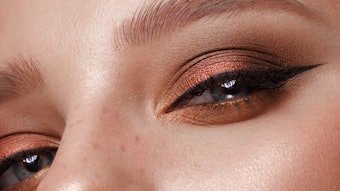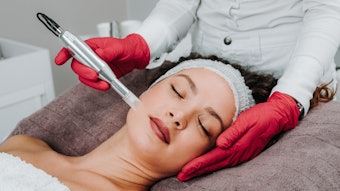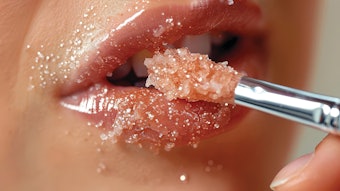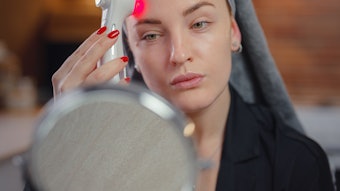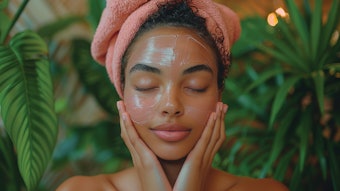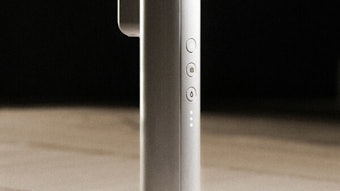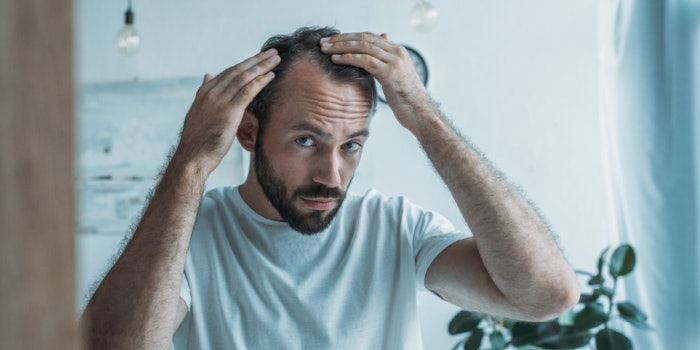
Whether temporary or permanent, hair loss can have a serious emotional toll on both men and women. Hair loss is generally considered a normal part of aging and affects both men and women. There are many different causes for hair loss including genetics, stress, poor nutrition or as a side effect of certain medications. This article will provide a basic breakdown of what happens when hair loss becomes a problem and how LED therapy is a option to reverse the issue.
While you do lose hair with hair loss, you don’t lose the hair follicle, which anchors the hair to the scalp. Each hair follicle contains a hair bulb at its base, which houses the papilla and the matrix. This is where the stages of hair growth and loss occur.
Hair is comprised of a protein called keratin, which makes up the hair shaft. When all of these pieces of the hair puzzle are not functioning optimally, scalp hairs are not in an environment to thrive. Therefore, hair growth and retention suffers and deteriorates.
Hair Loss and Men
Male pattern baldness, also known as androgenetic alopecia (AGA), accounts for 95% of hair loss in men. Research shows that by age 35, more than two thirds of American men suffer from hair loss. By age 50, 85% of men deal with thinning hair.
AGA is a common hair loss condition that is characterized by the miniaturization of hair follicles in the frontal and parietal regions of the scalp. All this means is that there are approximately 35 million men in the United States dealing with hair loss.
While many men have embraced the “bald is beautiful” mantra, there are others who suffer from male pattern baldness and are extremely unhappy with how they look, particularly men who begin balding at a young age. Many are desperate for solutions, and for some, it can impact interpersonal relationships as well as their professional options.
The bottom line is that the market for real hair restoration solutions is booming. LED light therapy for hair compliments currently existing treatments and procedures (prescription drugs, PRP, stem cells, transplant surgery) to enhance an individual’s outcome for maximizing hair growth.
When it comes to restoring hair loss, there are many treatment options available including a topical drug called minoxidil or an oral drug called finasteride. However, surgery is expensive, and many are looking for a drug-free and pain-free option to avoid unwanted side effects.
Hair Loss and Women
While suffering mostly in silence, women make up a significant percentage of those who suffer from hair loss. According to the American Academy of Dermatology, 40% of women have visible hair loss by the time they are age 40. Many procedures and products are marketed to men to help with hair loss, while women are relegated to thickening shampoos and collagen supplements.
Hair loss in women can have an emotional toll, impacting their self-image and potentially their mental and emotional well-being. For many women, this can be a life-altering condition. Women no longer need to suffer in silence.
Red Light for Hair Growth and Baldness
LED light therapy devices have been cleared by the FDA for the treatment of male and female pattern hair loss. Substantial research has supported light therapy’s ability to regrow hair lost due to androgenetic alopecia with minimal degrees of side effects and adverse events.
Light therapy for hair can be an effective stand-alone therapy or an adjunctive therapy to medication and topical prescriptions for optimal hair regrowth. Dermatologists and medical practitioners specializing in hair restoration can ensure proper diagnosis and treatment recommendations. Individuals should consult with their physician for a correct diagnosis, and to determine if light therapy is suitable for their category of hair loss.
Patients can experience light therapy in a clinical setting, as well as purchase a suitable device, which has FDA-clearance for hair restoration, to complete treatment in the convenience of their own home without repeated office visits. It is also non-invasive, non-toxic and painless.
In one review article, the author states that, “Relative effects show LLLT as the superior treatment” when comparing light therapy to the six most common non-surgical treatment options for treating androgenetic alopecia in both men and women including dutasteride 0.5 mg, finasteride, 1 mg, minoxidil 2%, minoxidil 5% and platelet-rich plasma (PRP).1
According to research, light therapy, or photobiomodulation (PBMT), using wavelengths in the visible red spectrum have been shown to have noticeable cell stimulation, which helps restore normal cellular function.2 The cyclic growth of hair follicles is powered by hair follicle stem cells (HFSCs).3 It is thought that through PBMT, red light energy emitted by low-level light therapy (LLLT) devices, may encourage hair growth by accelerating keratinocyte and fibroblast mitosis, inhibiting nitric oxide and reducing inflammation.4-7
The Norwood Hamilton Scale and Ludwig-Savin Scale are used to help determine if light therapy will work for an individual, so it’s important to check with your doctor to determine if red light therapy is right for you.
LED Hair Restoration Protocol
Protocols for LED light therapy hair restoration are more involved than most three to six week light therapy protocols for various skin and pain issues. Many devices require year-long protocols, while others are usually in the four to six month range, and require using the device every day or every other day for an average of 30 minutes. Make sure clients check with their doctor to determine if LED light therapy will address their specific type of hair loss.
Denise Ryan has over 30 years of sales, marketing and product management experience in dental and medical device manufacturing. She has been with Celluma since January 2012 as product manager, director of sales and currently serves as the global vice president of brand management.

